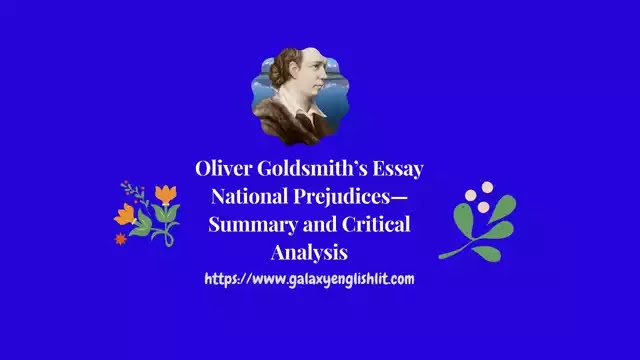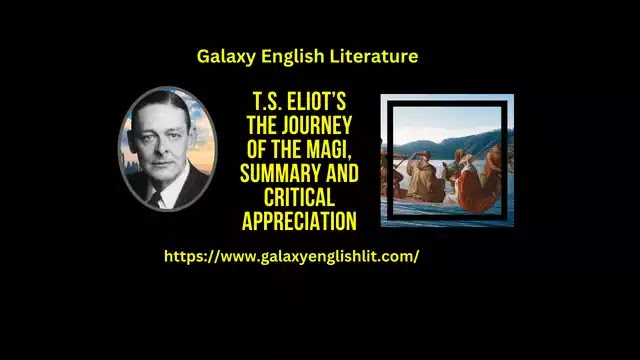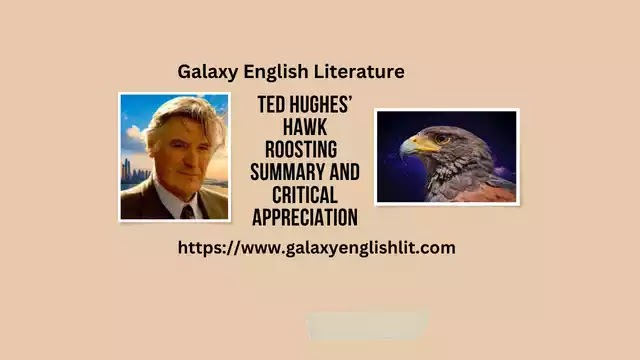Introduction:
Though the poem entitled The Heart of the Tree was written many years ago when there was less concern about ecology and environment, it has a profound message for our generation. The poem was originally published in 1912. Today when the forests are being decimated for building houses, roads and bridges, this poem seems to be encouraging to grow more trees and protect our environment and earth from destruction. The poem brings forward the poet's concern about the future of the earth. It seems as if the poet could see the impending destruction and thus indirectly appeals to the readers to plant trees, not only for themselves but also for the future generation. Though planting a tree is always a great work for the mankind, the poet has found out new ways to look at the plants and plantation. In the poem, he glorifies the act and further shows how a tree helps life on earth and says that it has a direct connection to a nation's growth.
 |
| Henry Cuyler Bunner's Poem The Heart of the Tree—Critical Analysis |
Thought - Content:
In the first stanza of the poem, the poet highlights the significance of trees in sustaining the splendour of nature. The poet says that the tree being a friend of sun and sky provides shades and survives on sunlight. Then, the poet compares the tree to a flag of free breeze. As a flag flutters freely in the breeze, the leaves of the tree flutter and provide soothing, cool breeze to us. The tree grows high with its long, narrow stem and looks like a beautiful tower. The leafy branches and the spreading happiness become the abode of the birds. A soft and gentle voice of the mother bird is heard in the twilight. The harmonious existence is heard throughout the time, with a rising pitch.
In the next stanza, the poet makes us conscious of the importance of planting a tree for making the earth a better place to live for the coming generation. By planting a tree we ensure cool shade for us in summer and tender rains in all seasons which are essential for our very existence. A tree gives us seeds which sprout and develop buds which bloom in times to come. The poet describes a tree as ‘the forest's heritage’ and ‘the harvest of a coming age’. It can serve us as a living legacy for the next generation. In fact, it is a link between us and our children.
Finally, in the third stanza, the poet becomes somewhat philosophical and says that the man who plants a tree does a civic good. All his neighbours feel blessed and benefitted. It is he who ensures the growth of his country. In other words, a country's growth and progress depends on the wealth of trees. That man who plants a tree holds in the hollow of his hands the growth of entire land. He is responsible for the growth of a nation from one sea to the next and it is this thought that stirs in his heart - in the heart of the man who plants a tree.
Moral of the Poem:
The poem is about the beauty or the satisfaction of planting a tree. The poet describes the benefits of planting a tree and makes us aware of our responsibility towards earth and human beings. When somebody plants a tree, he not only plants a tree but plants a friend of sun, sky and breeze. The sky's brightness, sun's warmth and the touch of breeze makes them a friend of a plant. The man who plants a tree, plants a shelter for the birds and animals. He plants a future. The tree brings rain and coolness to the environment. It becomes an identity of the habitat. It becomes food for future generation. By planting a tree, the man becomes a good and responsible citizen of nation. He brings joy and blessings to the neighbourhood. All this makes the land fertile, a boon to the mankind.
Form and Structure of Poem:
The poem consists of three stanzas of nine lines each and all the three stanzas begin with a question and the poet himself gives the answer to the question. The poem with its simple and vivid use diction has an attractive rhyme scheme ababbecaa for each stanza. The meticulous choice of words coupled with the rhyming lines gives the poem an alluring musical quality. The repetition of the same question as a refrain in the beginning of each stanza of the poem is a poetic technique, known as Hypophora, employed by the poet to accentuate the theme of the poem to his readers.
The Use of Symbol and Imagery:
The tree is regarded as a symbol of peace and prosperity:
“Who in the hollow of His hand
Holds all the growth of all our land
A nation's growth from sea to Sea.”
The tree brings joy and happiness as blessings for the coming generation:
“He plants the forest's heritage,
The harvest of a coming age:
The joy that unborn eyes shall see.”
The poet has used visual and auditory images in the poem. In the following lines, he has used visual images:
1. The shaft of beauty, towering high.
2. The flag of breezes free!
In the following line , the poet has used auditory image :
For song and mother - croon of bird.
The Use of Figures of Speech:
The poet has used figure of speech alliteration. Here are some instances of alliteration:
1. a friend of sun and sky ; (‘s’)
2. hushed and happy twilight; (‘h’)
3. That fade and flush again; (‘f’)
4. a home to heaven anigh; (‘h’)
The poet has used the figure of speech metaphor in the following lines:
1. He plants a friend of sun and sky.
2. He plants the flag of breezes free;
3. He plants the forest's heritage:





